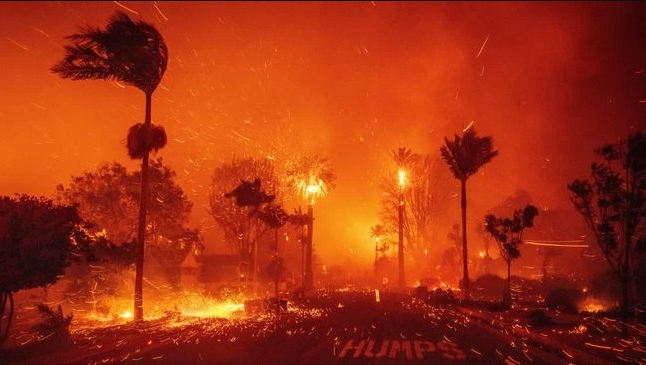Fireproofing Detached Structures: Sheds, ADUs, and Garages
When we talk about defending our homes from wildfire, we often focus on the main house—but detached structures like sheds, garages, and ADUs can be just as critical. These secondary buildings can become ignition sources during a wildfire and may even spread fire to your primary home if they’re not protected.
For California homeowners—especially in high-risk fire zones like Orinda, Lafayette, Moraga, and the Oakland Hills—fireproofing these outbuildings should be part of your wildfire defense strategy.
Top 10 Materials to Avoid in Wildfire Zones
When preparing your home for a wildfire, one of the most important steps is selecting the right building materials. Unfortunately, not all materials are created equal, and some can increase the vulnerability of your home during a wildfire. This blog will outline the top 10 materials to avoid in wildfire zones, helping you make informed choices when protecting your home.
Understanding Ember Attacks and How to Protect Your Home from Wildfire Embers
Learn how ember attacks ignite homes during wildfires and what you can do to protect your property. This blog covers strategies for preventing ember damage, including home hardening, landscaping, and fire-resistant materials.
The Role of Fire-Resistant Landscaping in Wildfire Defense: How to Protect Your Berkeley Home
Learn about fire-resistant landscaping and how it can help protect your Berkeley home from wildfires. This guide covers the best plants, materials, and strategies to create a fire-safe landscape around your home.



